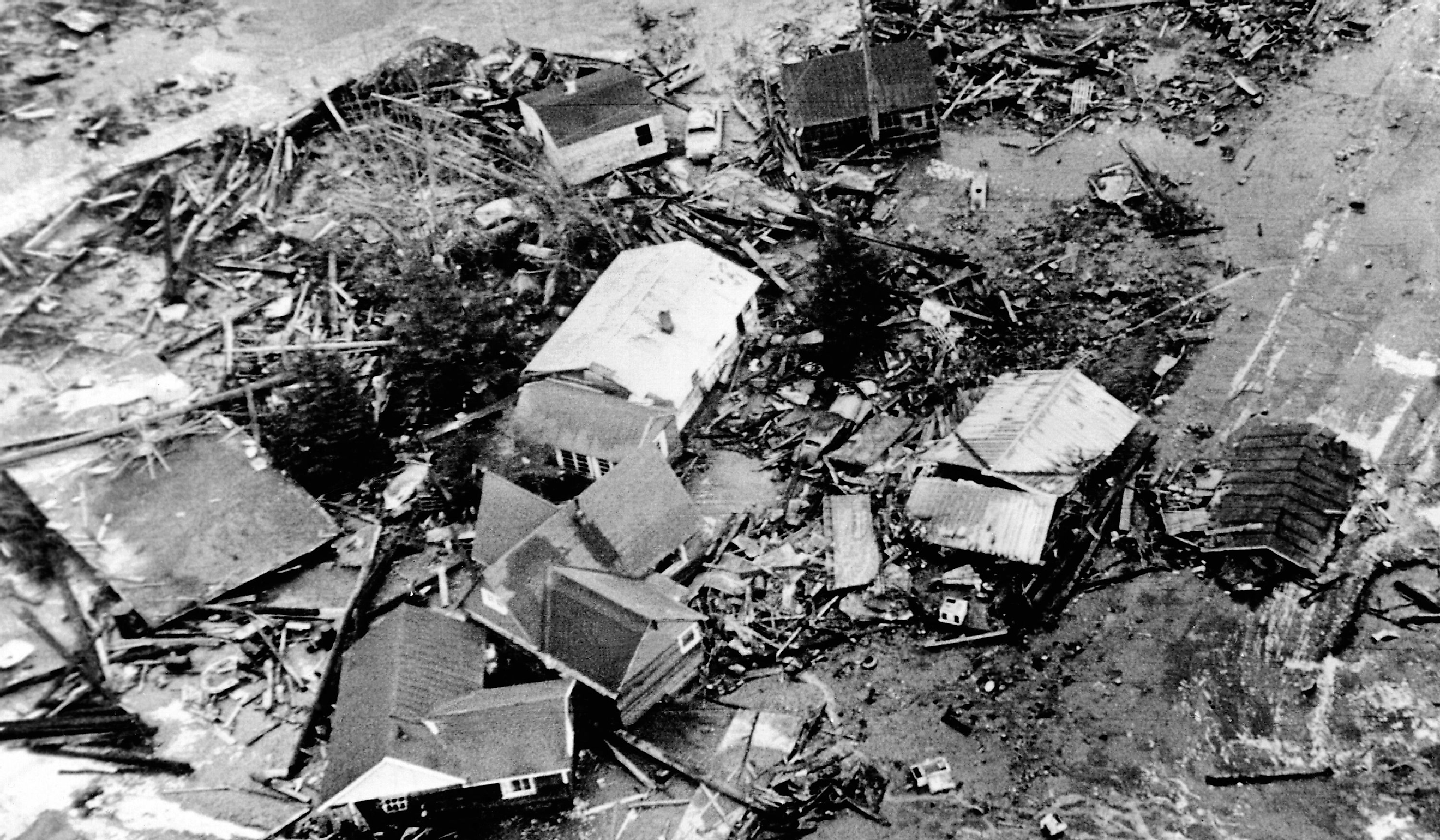
The Biggest Earthquakes In US History
A study from The US Geological Survey and FEMA found that earthquake damages cost the United States around $14.7 billion every year. This amount serves as a reminder of the unpredictability and devastation that earthquakes can cause. Historically, however, certain earthquakes have been much more intense and devastating than others. Some of the worst earthquakes in United States history have been the 1964 Alaska Earthquake, the 1700 Cascadia Earthquake, the 1965 Rat Islands Earthquake, the 1946 Aleutian Islands Earthquake, and the 1957 Adreanof Islands Earthquake, with magnitudes ranging from 8.6 through 9.2. The aftermath of these quakes forever altered the lives of those affected. Hundreds perished, communities were uprooted, and the staggering toll of destruction amounted to millions of dollars in damages to buildings and critical infrastructure.
The Biggest Earthquakes In US History
| Rank | Earthquake | US State | Magnitude |
|---|---|---|---|
| 1 | 1964 Alaska Earthquake | Alaska | 9.2 |
| 2 | The 1700 Cascadia Earthquake | Washington, Oregon, California | 9 |
| 3 | 1965 Rat Islands Earthquake | Alaska | 8.7 |
| 4 | 1946 Aleutian Islands Earthquake | Alaska | 8.6 |
| 5 | 1957 Andreanof Islands Earthquake | Alaska | 8.6 |
| 6 | 1857 Fort Tejon earthquake | California | 7.9 |
| 7 | 1868 Hawaii earthquake | Hawaii | 7.9 |
| 8 | 1906 San Francisco earthquake | California | 7.9 |
| 9 | 2002 Denali earthquake | Alaska | 7.9 |
| 10 | 2014 Aleutian Islands earthquake | Alaska | 7.9 |
The 1964 Alaska Earthquake
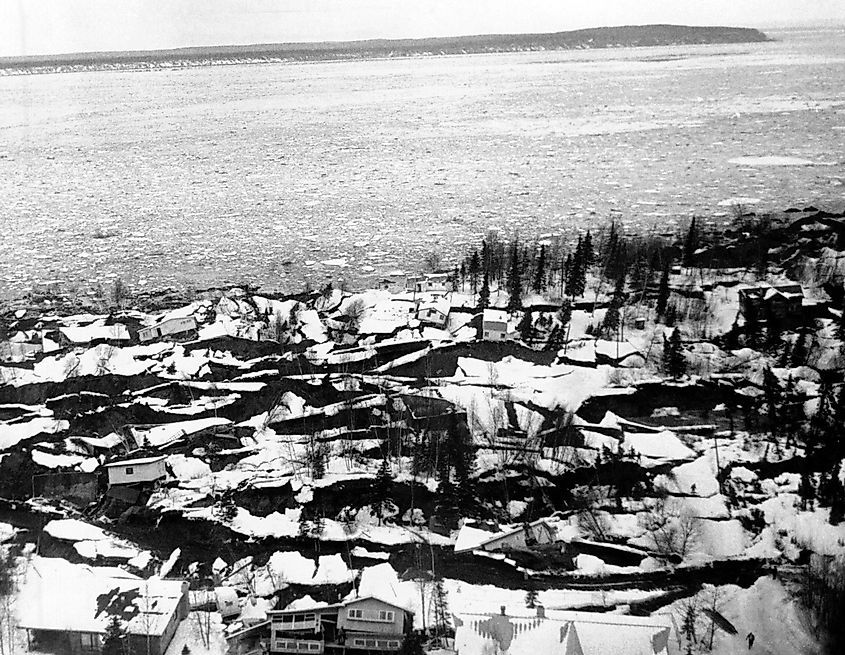
The most powerful earthquake in North American history was recorded in Alaska on March 27, 1964. Nicknames for the earthquake include the Good Friday Earthquake, the Great Alaskan Earthquake, or the 1964 Alaskan earthquake. The 9.2 magnitude quake, which occurred on Good Friday, lasted for about four and a half minutes, causing ground fissures, destroying structures, and ultimately resulting in an estimated 124 deaths. The earthquake threw landmasses up as high as 82 feet (25 meters) and in other areas, dropped them by up to eight feet (2.4 meters). The aftermath was devastating, including property damage that cost up to 400 million USD and tsunamis reaching as far as Crescent City, California. The 1964 Alaskan earthquake ranks as the second most powerful earthquake ever recorded worldwide, following the 1960 earthquake in Valdivia, Chile.
The 1700 Cascadia Earthquake
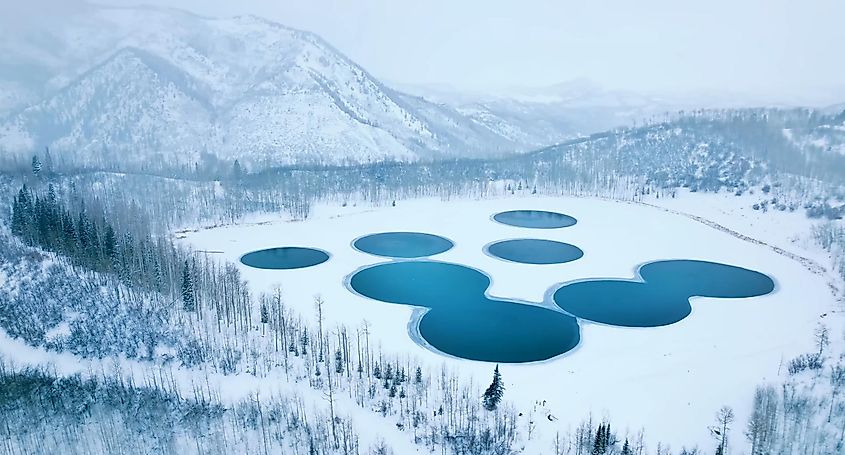
The 1700 Cascadia Earthquake occurred on January 26 and was very potent, with an estimated magnitude of approximately 9.0, destroying the area now known as Vancouver, Washington, Oregon, and California. Its name is derived from the fact that the earthquake occurred along the Cascadia Subduction zone. On average, the earthquake slipped 66 feet (20 meters) across a 620-mile (1,000-kilometer) fault line rupture. It also resulted in a tsunami thousands of miles away off the coast of Japan, with waves reaching up to 8 feet (2.5 meters) tall. Many indigenous groups still have oral histories from this earthquake, recounting violent shaking, massive sea waves and flooding, building damage, and casualties. Archeological evidence also suggests that many indigenous villages along the West Coast were flooded and abandoned following the tsunami.
The 1965 Rat Islands Earthquake
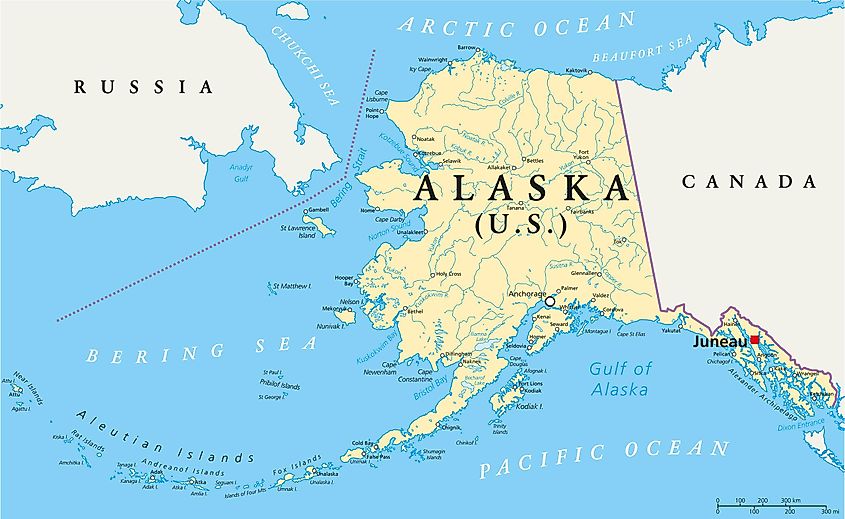
Almost one year after the Good Friday earthquake, Alaska experienced another quake known as the 1965 Rat Islands earthquake. The earthquake had a magnitude of 8.7 at the epicenter and triggered a 32-foot (10-meter) high tsunami on Shemya Island. Records show that the impacts of the tsunami were experienced as far away as Peru, California, Mexico, Russia, Japan, and Ecuador. The earthquake originated from the boundary between the Pacific Plate and the North American Plate, called the Alaskan-Aleutian megathrust. Despite the earthquake's high magnitude, there were no reported deaths and damage was minor. Tsunami flooding, however, caused approximately $10,000 worth of damage on Amchitka Island.
The 1946 Aleutian Islands Earthquake
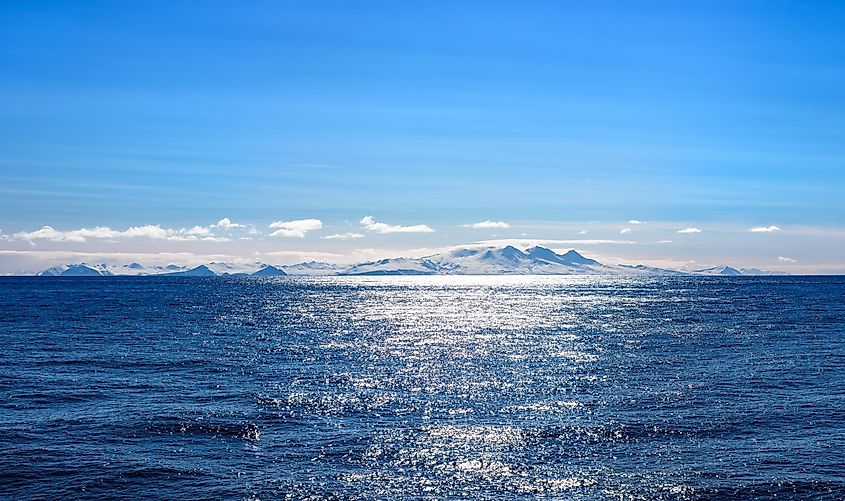
At 2:29 in the morning on April 1st, 1946, an earthquake with a magnitude of 8.6 struck the Aleutian Islands in Alaska. Seismologists initially believed the earthquake to be only a 7.4, as the perceived intensity was much smaller. With further investigation, however, the true magnitude became clear, with much of the consequence coming with the earthquake’s resulting tsunami. Tsunami wave heights in Alaska reached up to approximately 115 feet (35 meters) and 30 feet (9 meters) in Hawaii. The tsunami wiped out the Scotch Cap Lighthouse on Unimak Island, Alaska, killing all 5 of its lighthouse keepers. In Hawaii, over 1,500 buildings were either damaged or demolished by the tsunami and 159 people died. As a result of this tragedy, the United States established the Seismic Sea Wave Warning System, later modified to the Pacific Tsunami Warning Center, which continues to warn coastal communities today of approaching tsunamis.
The 1957 Andreanof Islands Earthquake
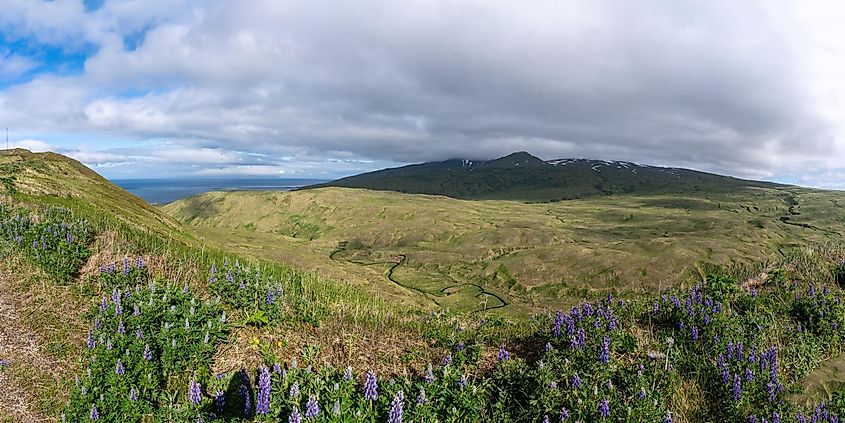
On March 9th, 1957 at 4:22 a.m., an earthquake with an estimated magnitude of 8.6 hit slightly south of the Andreanof Islands, part of the Aleutian Islands grouping. The quake took place along the Aleutian Trench, the plate boundary dividing the Pacific and North American plates. The tsunami that followed resulted in colossal waves reaching heights of up to 75 feet (23 meters) on certain islands. The Scotch Cap Lighthouse, which had been obliterated in the 1946 Aleutian Islands Earthquake and had since been rebuilt in 1950, registered waves of up to 40 feet (12 meters). While there were no casualties, the Alaskan and Hawaiian islands suffered various degrees of damage. The tsunami destroyed a number of homes, boats, infrastructure, and two bridges on Adak Island in Alaska. In Hawaii, island officials managed to evacuate low-lying villages and prevent casualties. The state still suffered 40 million dollars of damage, however, from the catastrophic event.
Other Major US Earthquakes
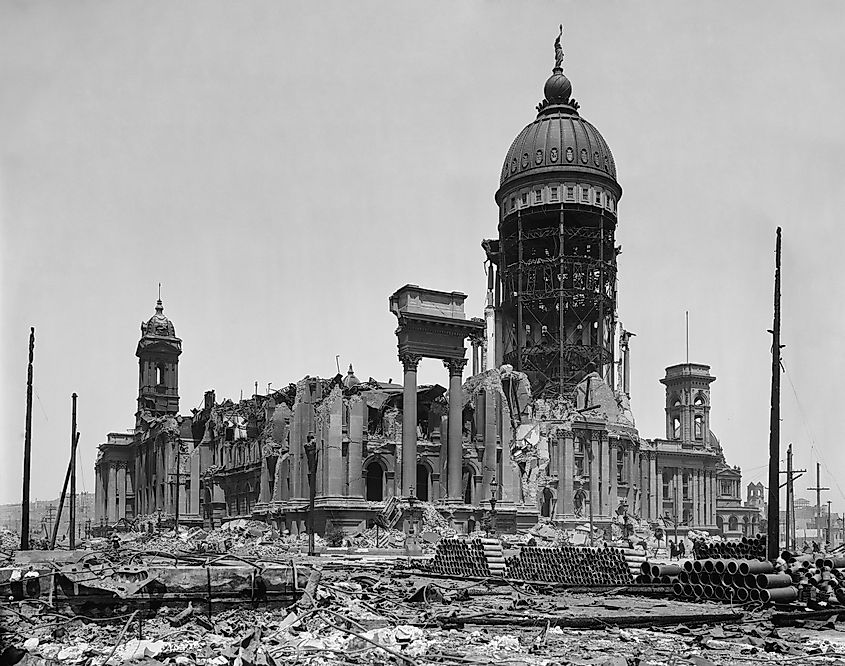
The state of Alaska has experienced several other earthquakes with magnitudes greater than 7.0. On November 3, 2002, the Denali earthquake, which had a magnitude of 7.9, occurred in Alaska but had no fatalities. Other earthquakes in Alaska include the 2014 Aleutian Islands earthquake (magnitude 7.9), the 2018 Gulf of Alaska earthquake (magnitude 7.9), and the 1958 Lituya Bay earthquake and mega-tsunami (magnitude 7.8, five fatalities). In California, the 1857 Fort Tejon earthquake and the 1906 San Francisco earthquake both had magnitudes of 7.9. The 1906 quake was the deadliest documented in California, causing more than 3,000 deaths. Following the devastating earthquake, seismologists began assembling commissions to better observe and monitor earthquakes, resulting in the formation of the State Earthquake Investigation Commission.
Final Thoughts
While the United States has suffered many catastrophic earthquakes over the years, they have also gradually taken precautions to try to prevent further damage. In 1933, for example, the State of California implemented the Riley Act, mandating that all buildings be constructed with increased earthquake resistance. The Pacific Tsunami Warning Center, as previously mentioned, has saved countless lives over the years by allowing communities to evacuate before a catastrophic tsunami strikes. Although the timing of the next great earthquake striking the US remains uncertain, precautionary measures implemented by the country offer hope for mitigating damage and saving lives.











